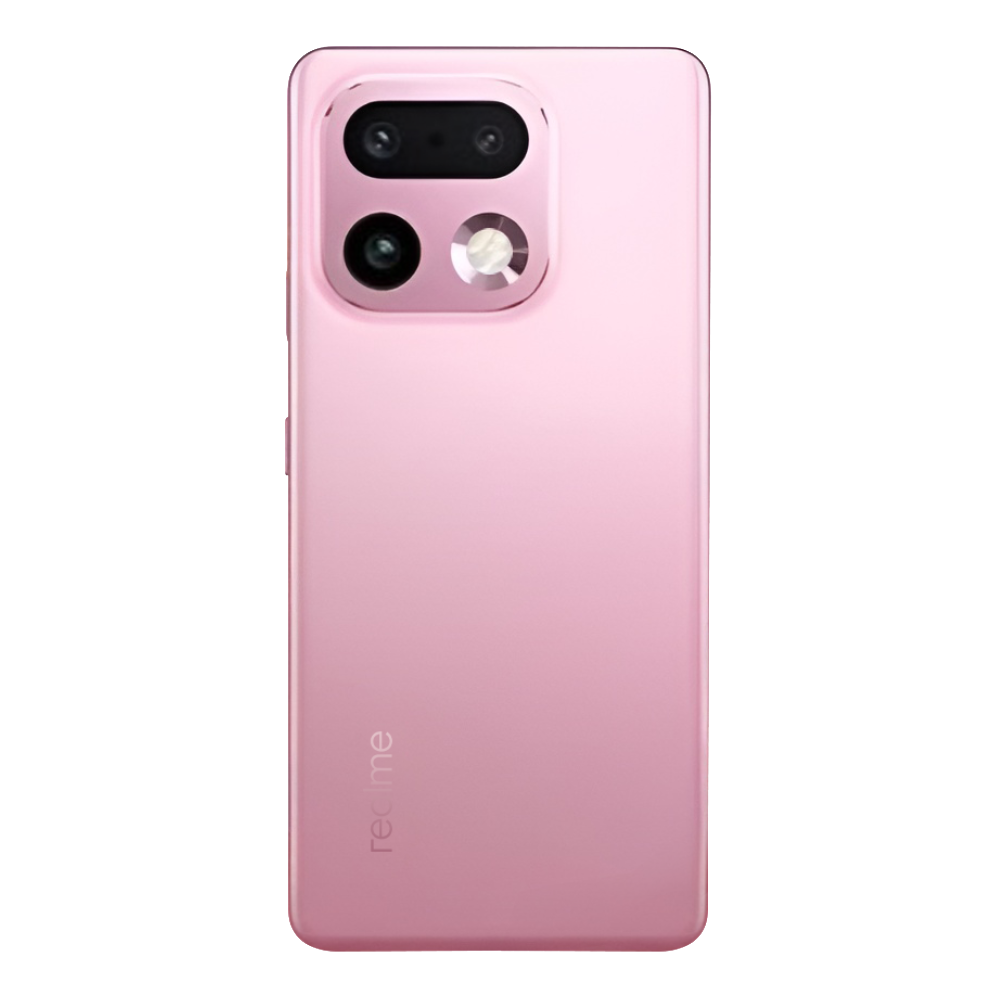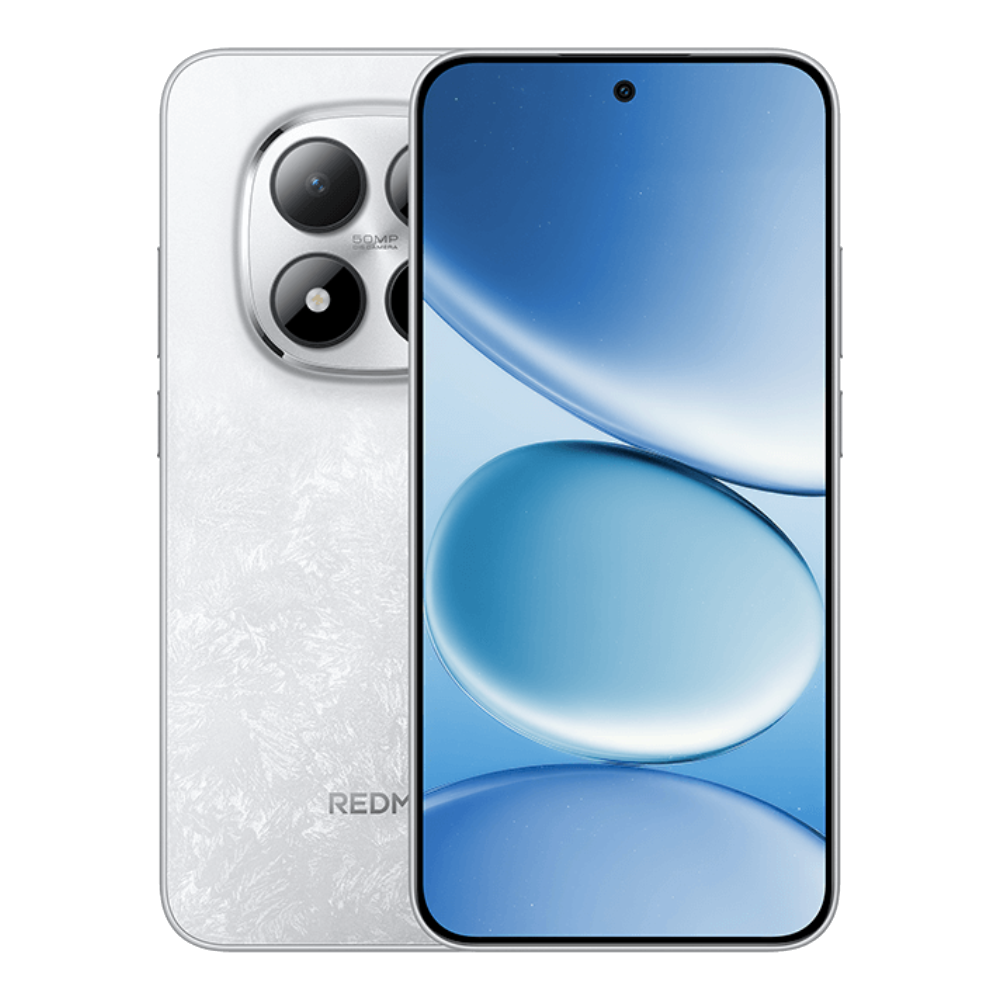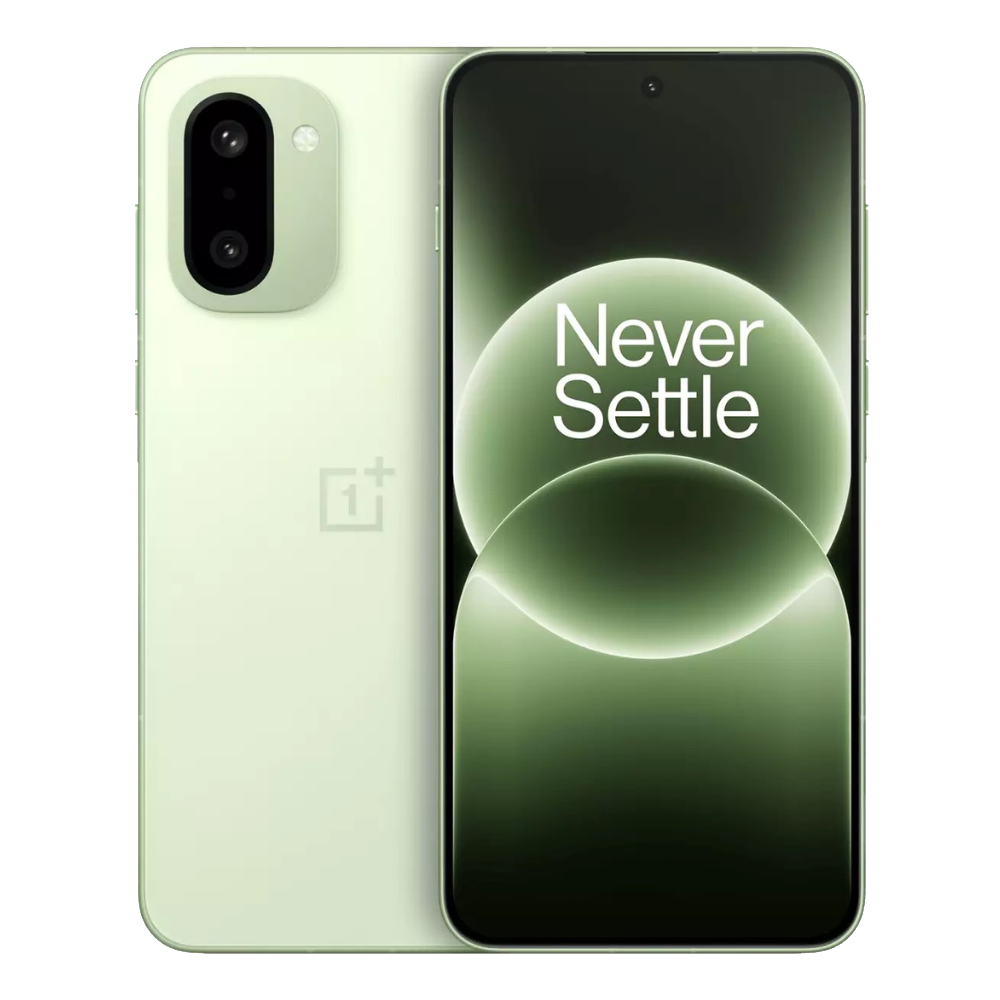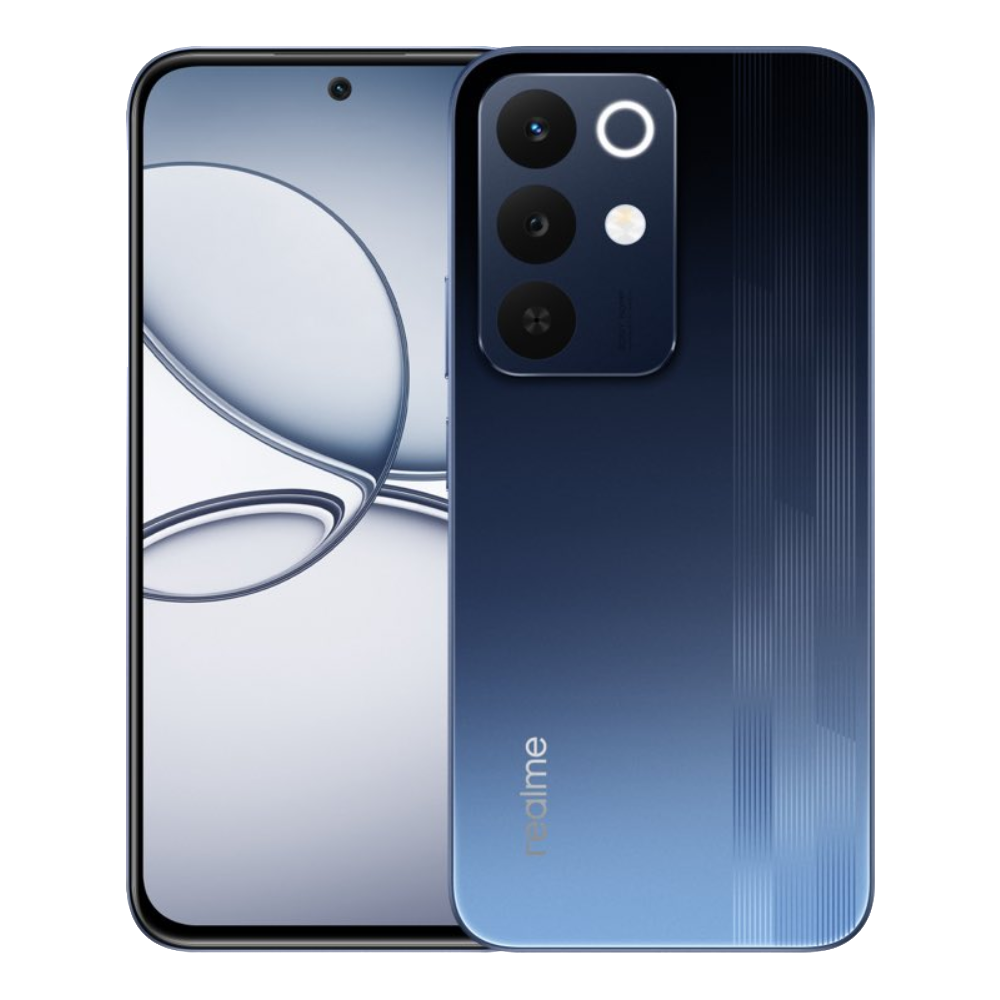At the launch event in China, MediaTek announced its flagship Dimensity 9500 processor and it packs Arm's latest C1-series CPU and G1 Ultra GPU. Last year, Qualcomm's Snapdragon 8 Elite, featuring the custom Oryon CPU cores outclassed the Dimensity 9400 in CPU performance. So, let's see if the latest Dimensity 9500 can beat the Snapdragon 8 Elite with its Arm Lumex platform. On that note, let's check out the findings.
Dimensity 9500 vs Snapdragon 8 Elite: AnTuTu Score
AnTuTu Benchmark | Dimensity 9500 (Leaked) AnTuTu V11 | Snapdragon 8 Elite AnTuTu V10 |
AnTuTu Score | 4,011,932 | 2,759,190 |
CPU | 1,043,247 | 583,775 |
GPU | 1,510,982 | 1,132,574 |
Memory | 667,254 | 643,562 |
UX | 790,449 | 399,279 |
The AnTuTu score of Dimensity 9500 has already leaked, spotted on the upcoming Vivo X300 Pro. On the new AnTuTu V11 benchmark, the Dimensity 9500 racked up an impressive 4,011,932 points, crossing the 4-million mark. In comparison, the Snapdragon 8 Elite scored 2,759,190 points on the older AnTuTu V10 benchmark.
At first glance, the difference looks massive because the Dimensity 9500 has been tested on the unreleased AnTuTu V11 benchmark while the Snapdragon 8 Elite is tested on AnTuTu V10. Since the two versions use different workloads and scoring methodology, the scores aren’t directly comparable. We will be running the AnTuTu V11 benchmark on the Snapdragon 8 Elite soon to get a clearer picture of the real performance difference, so stay tuned with us.
Dimensity 9500 vs Snapdragon 8 Elite: Geekbench Score
Geekbench 6 CPU | Dimensity 9500 (Official) | Snapdragon 8 Elite |
Single-core | 4,007 | 3,033 |
Multi-core | 11,217 | 9,271 |
At the launch event in China, MediaTek officially announced that the Dimensity 9500 scored 4,007 in single-core and 11,217 in multi-core on Geekbench 6.4. By comparison, Qualcomm's 2024 flagship, the Snapdragon 8 Elite achieved 3,033 in single-core and 9,271 in multi-core.
If we go by the official numbers, the Dimensity 9500 appears 32% faster than the Snapdragon 8 Elite in single-core CPU tasks while delivering 21% better performance in multi-core workloads. It shows that Arm's latest C1-series CPU cores are highly competitive, and perform better than Qualcomm's Nuvia-designed 2nd-gen Oryon CPU cores.
It's worth mentioning that the Dimensity 9500 achieves this even with a slightly lower clock speed (4.21GHz vs. 4.32GHz), showing that the Arm C1-Ultra CPU core is more performant and power-efficient than the Oryon v2 core.
Having said all of that, keep in mind that these are MediaTek’s official numbers so wait for independent benchmark figures. We will soon test the Dimensity 9500 on various benchmarks which will give us a clearer picture of how the chip actually performs.
Dimensity 9500 vs Snapdragon 8 Elite: Specs Comparison
The Dimensity 9500 is fabricated on TSMC's improved 3nm (N3P) process node while the Snapdragon 8 Elite is manufactured on TSMC's 3nm (N3E) node. Both chipsets feature an 8-core CPU, however, Qualcomm has packed its Oryon v2 CPU cores whereas MediaTek has included Arm's new C1-series CPU cores. On the graphics front, the Dimensity 9500 integrates the Arm Mali-G1 Ultra MC12 GPU whereas the Snapdragon 8 Elite packs the Adreno 830 GPU.
Specs | Dimensity 9500 | Snapdragon 8 Elite |
Process Node | TSMC's 3nm (N3P) | TSMC’s 3nm (N3E) |
CPU | 8-core Arm C1-series CPU | 8-core 2nd-gen Oryon CPU |
CPU Cores | 1x C1-Ultra (4.21GHz), 3x C1-Premium (3.50GHz), 4x C1-Pro (2.70GHz) | 2x 2nd-gen Oryon (4.32GHz), 6x 2nd-gen Oryon (3.53GHz) |
GPU | Arm Mali-G1 Ultra MC12 | Adreno 830 GPU, Up to 1.1GHz |
Storage and Memory | UFS 4.1 (4-lane), LPDDR5X memory, Up to 10667 Mbps | UFS 4.0, LPDDR5X memory, up to 5.3GHz, Up to 10.7 Gbps |
NPU | MediaTek NPU 990 | New Hexagon AI Engine, On-device multimodal AI support |
ISP | Imagiq 1190, 320MP image, 8K60FPS video capture | AI Spectra ISP, Up to 320MP photo capture, 8K HDR video at 60 FPS |
Modem | MediaTek Release 17 5G modem (Sub-6GHz only), Up to 7.4Gbps peak download speed | Snapdragon X80 5G modem, Up to 10 Gbps Peak Download, Up to 3.5 Gbps Peak Upload |
Connectivity | Wi-Fi 7 and Bluetooth 6.0 | Wi-Fi 7, Bluetooth 6.0 and UWB |



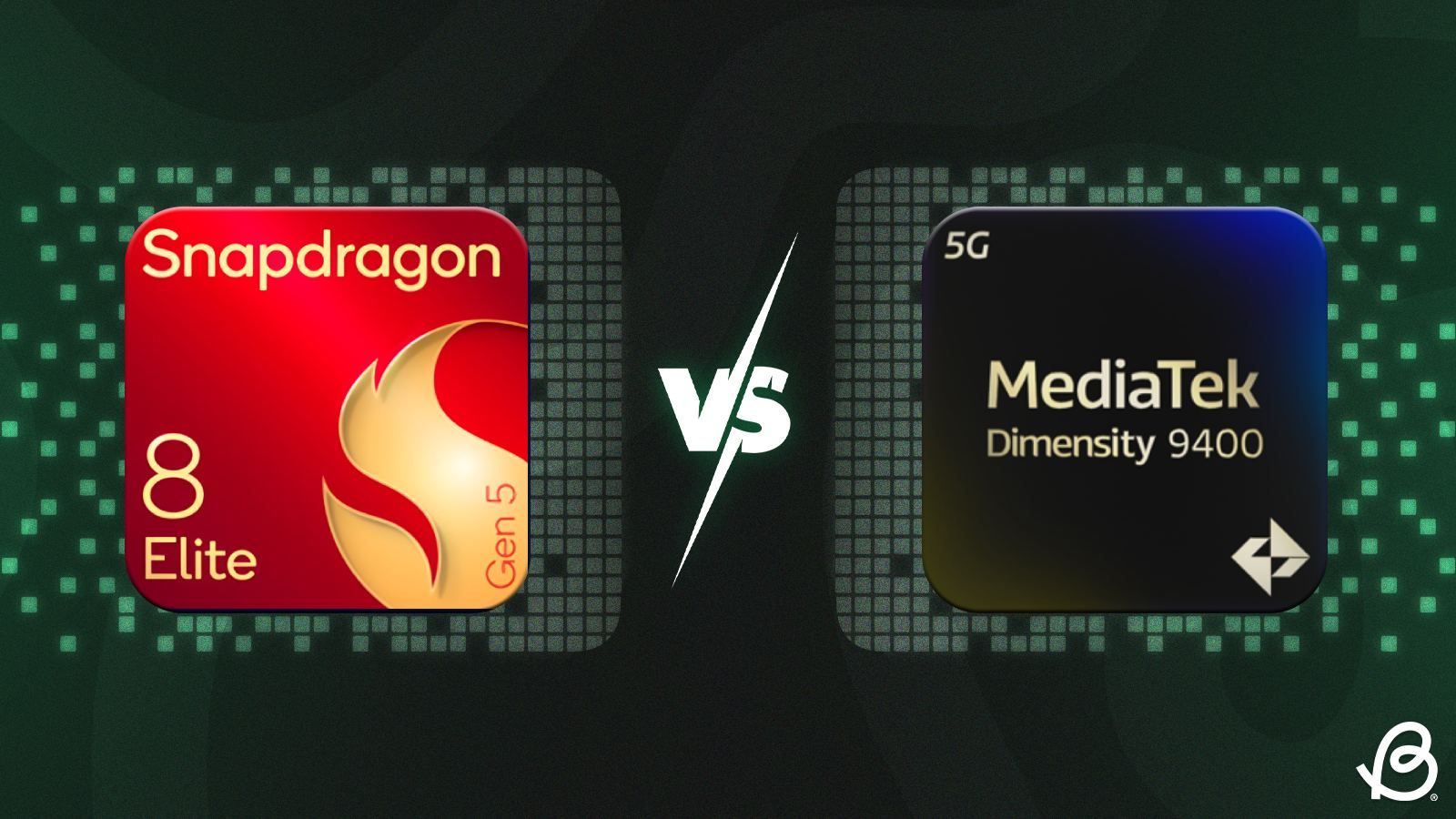

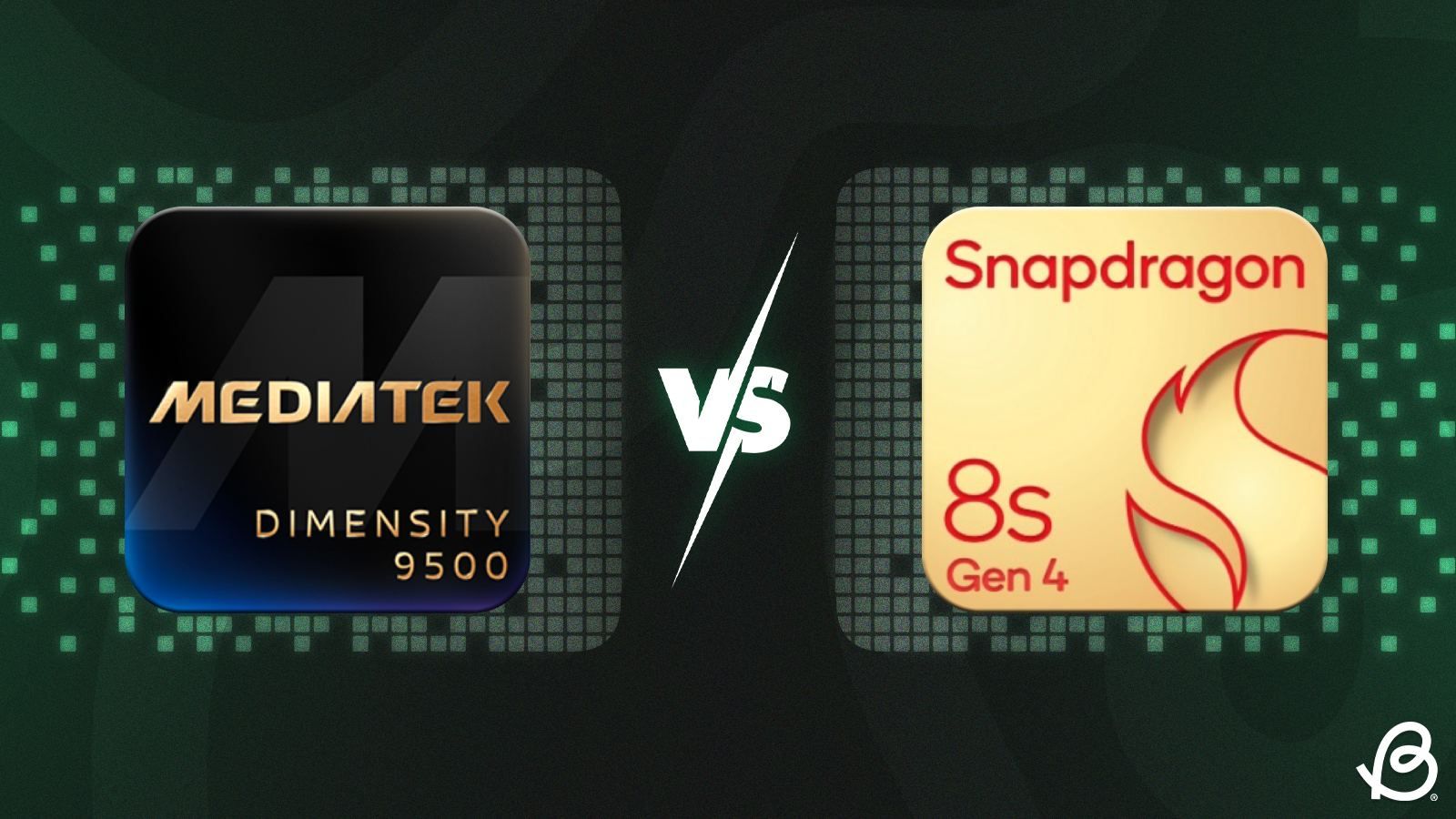
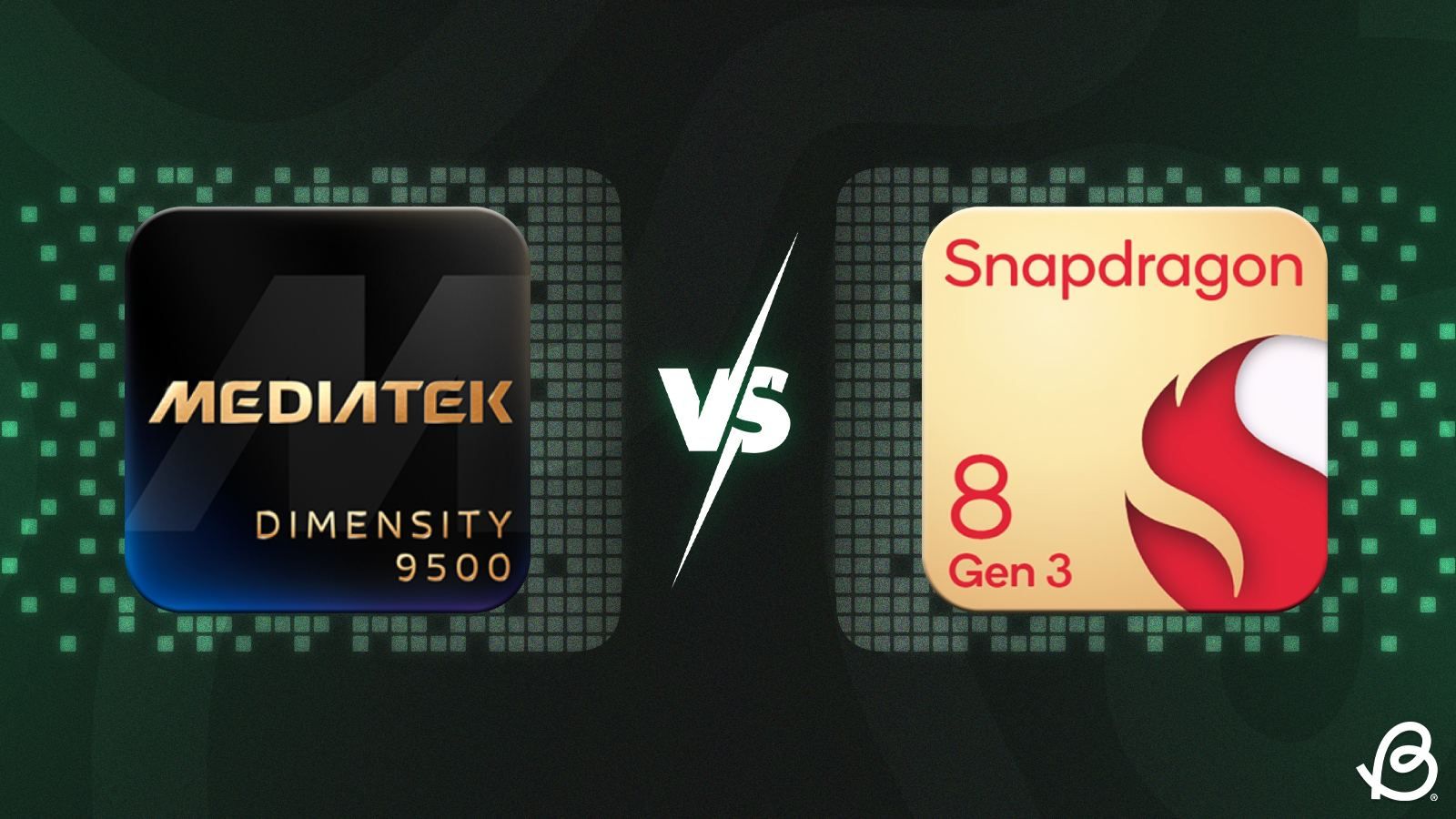
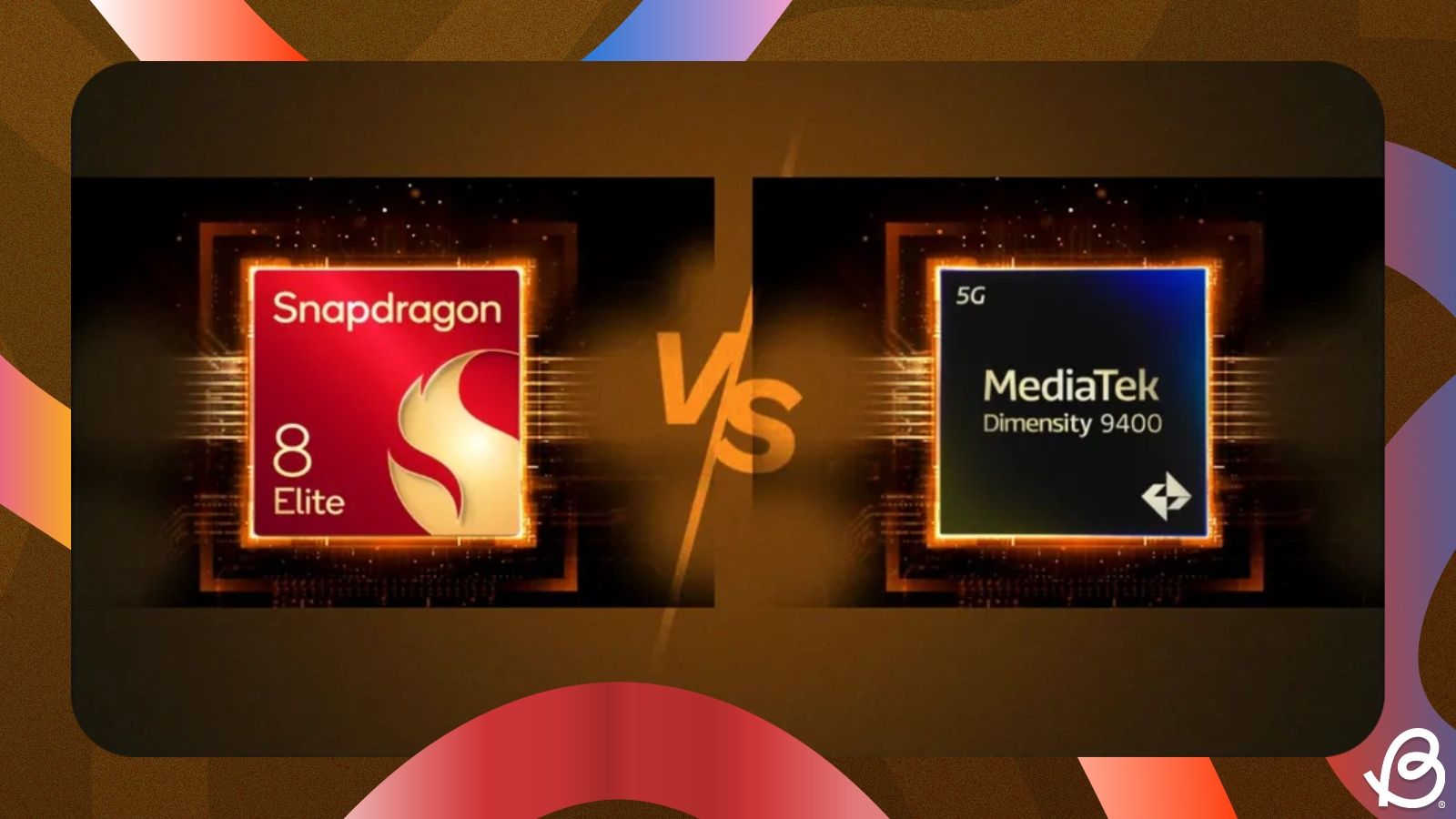
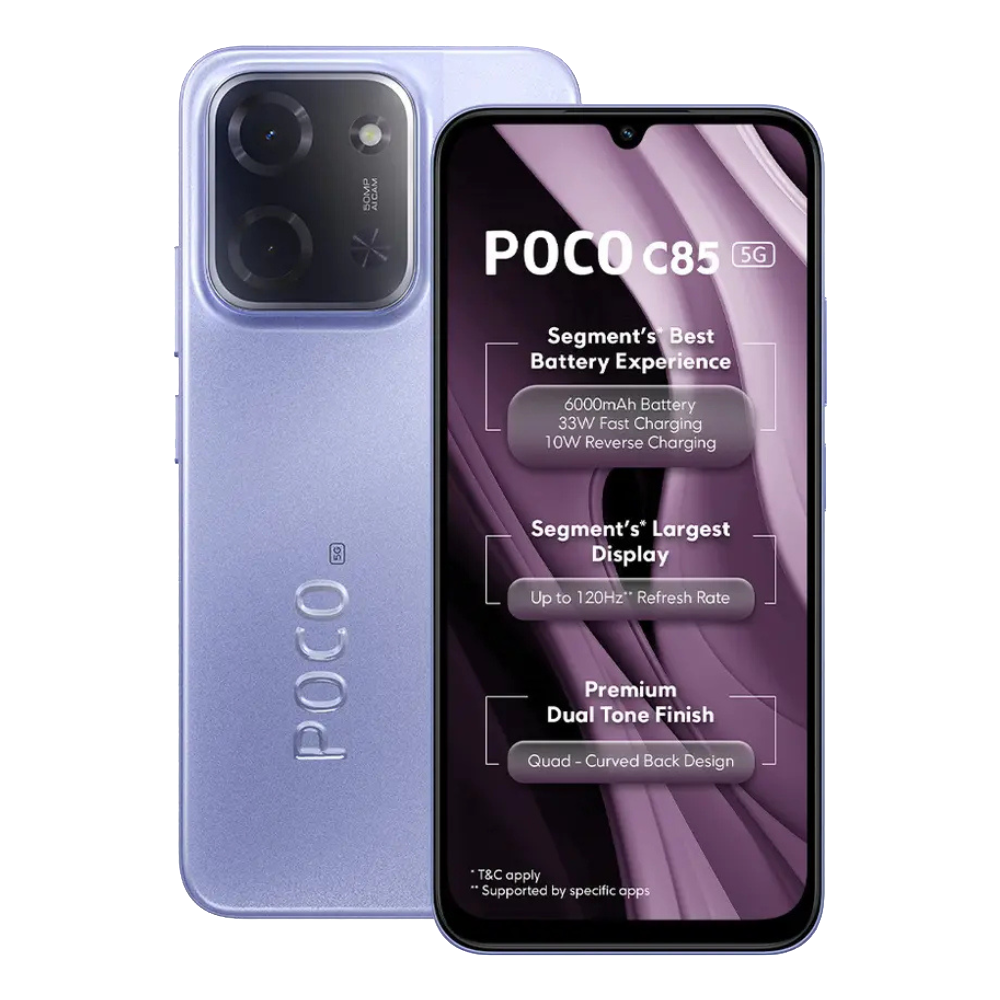

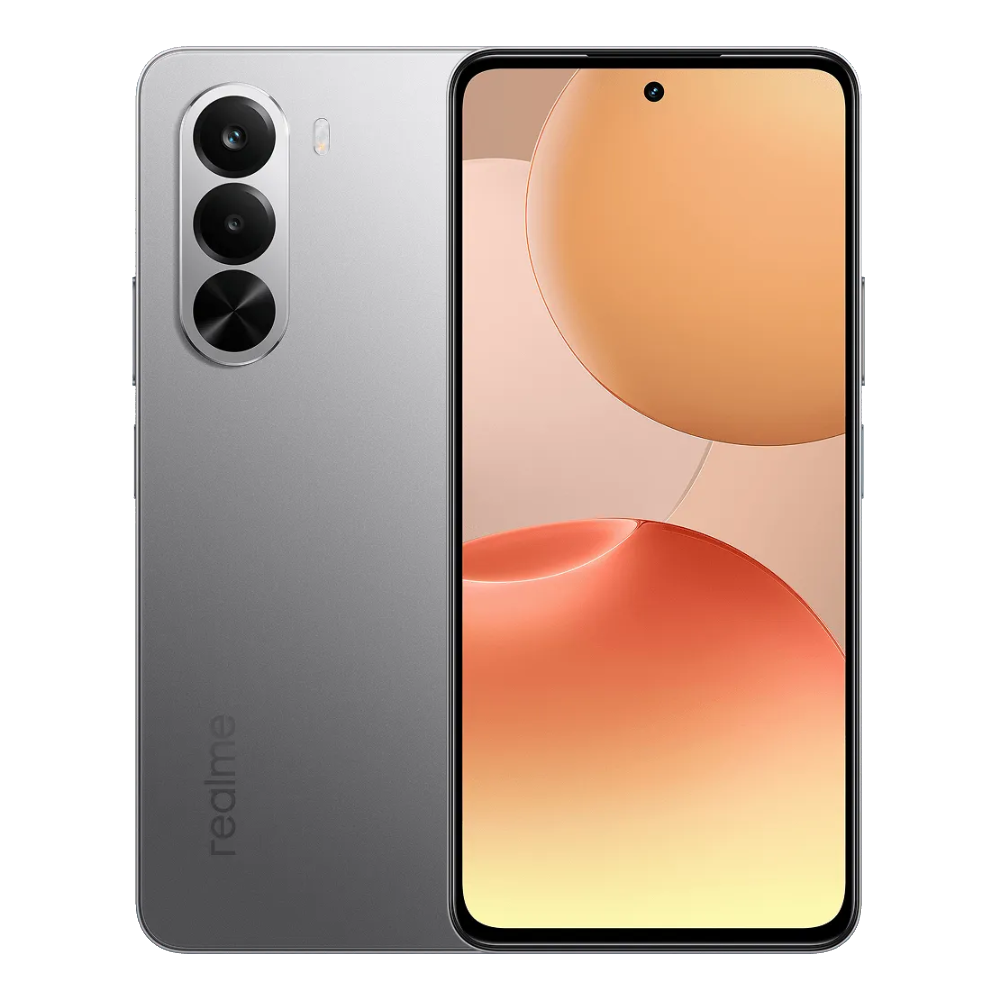
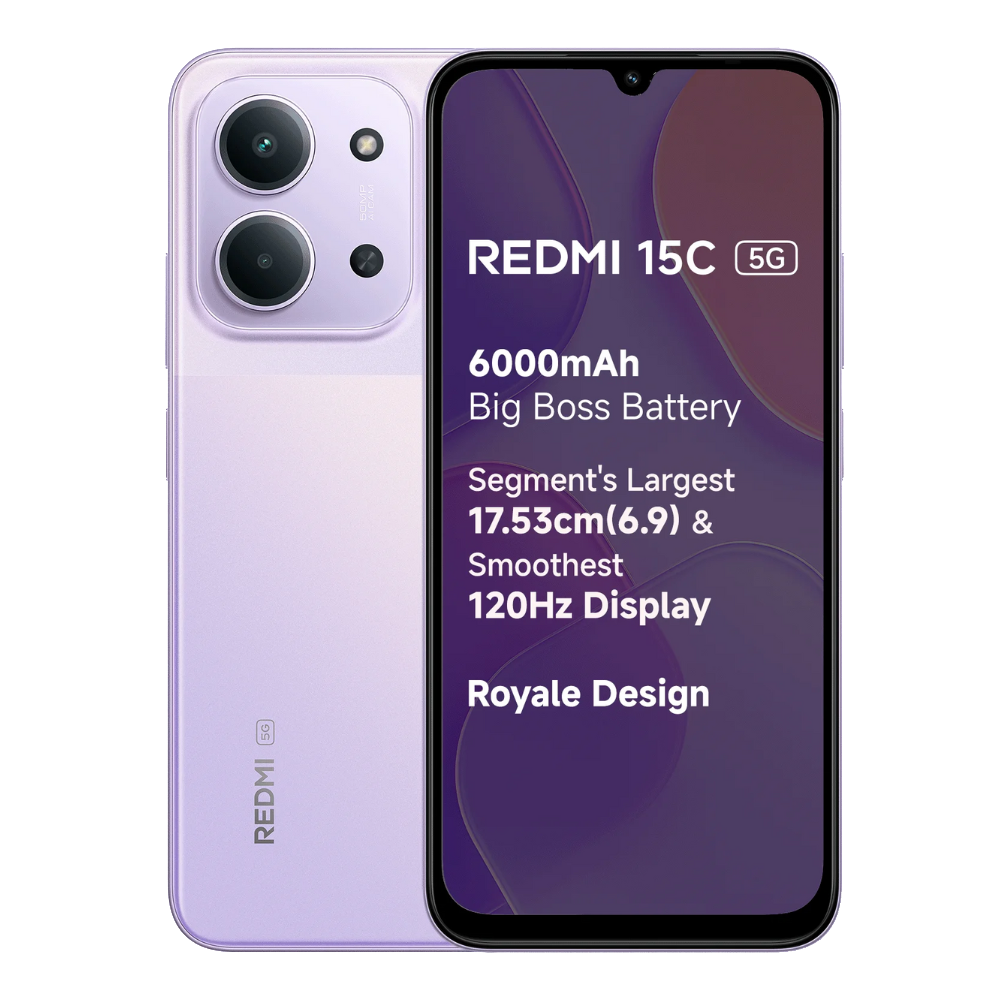
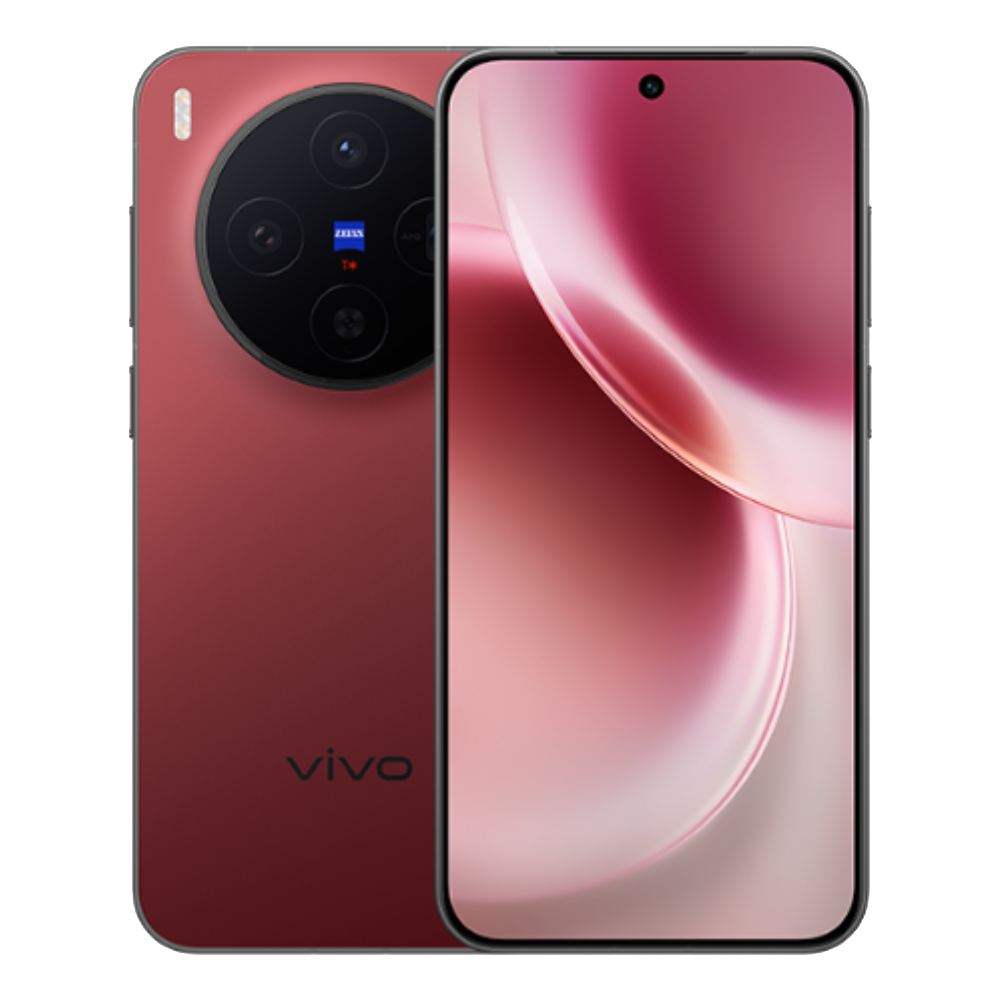
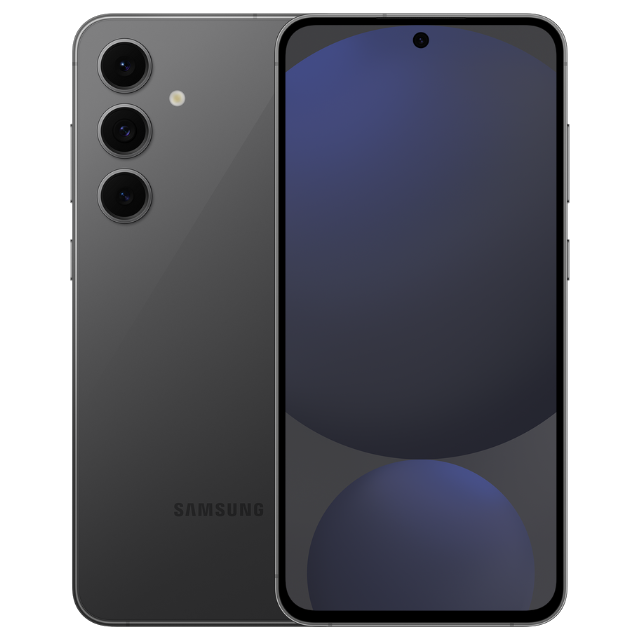
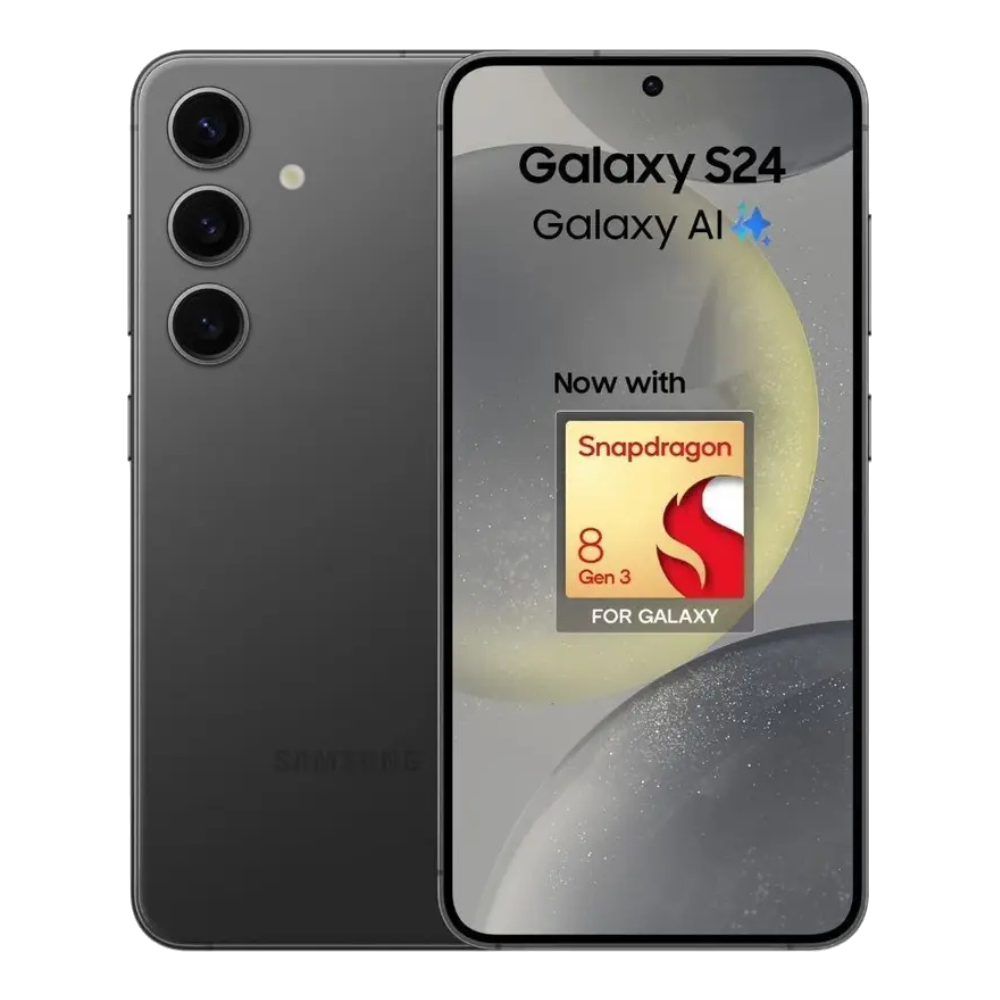
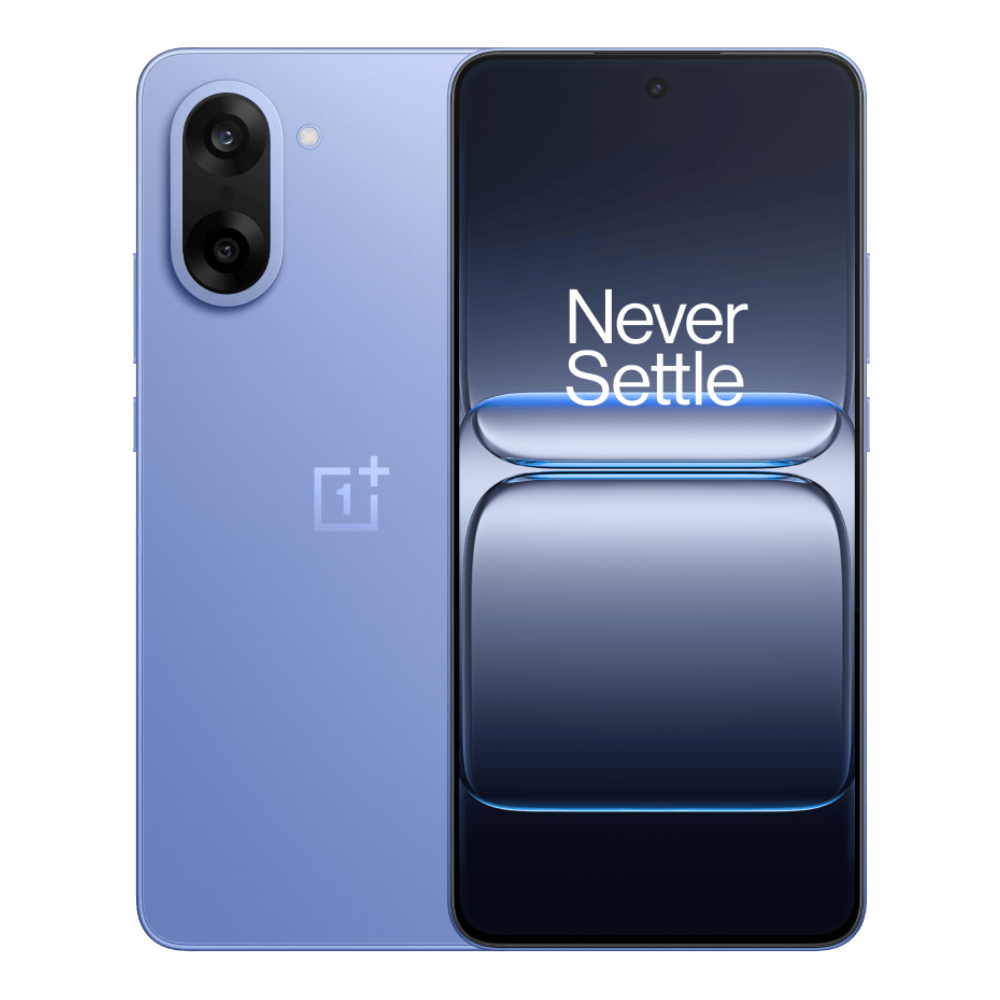
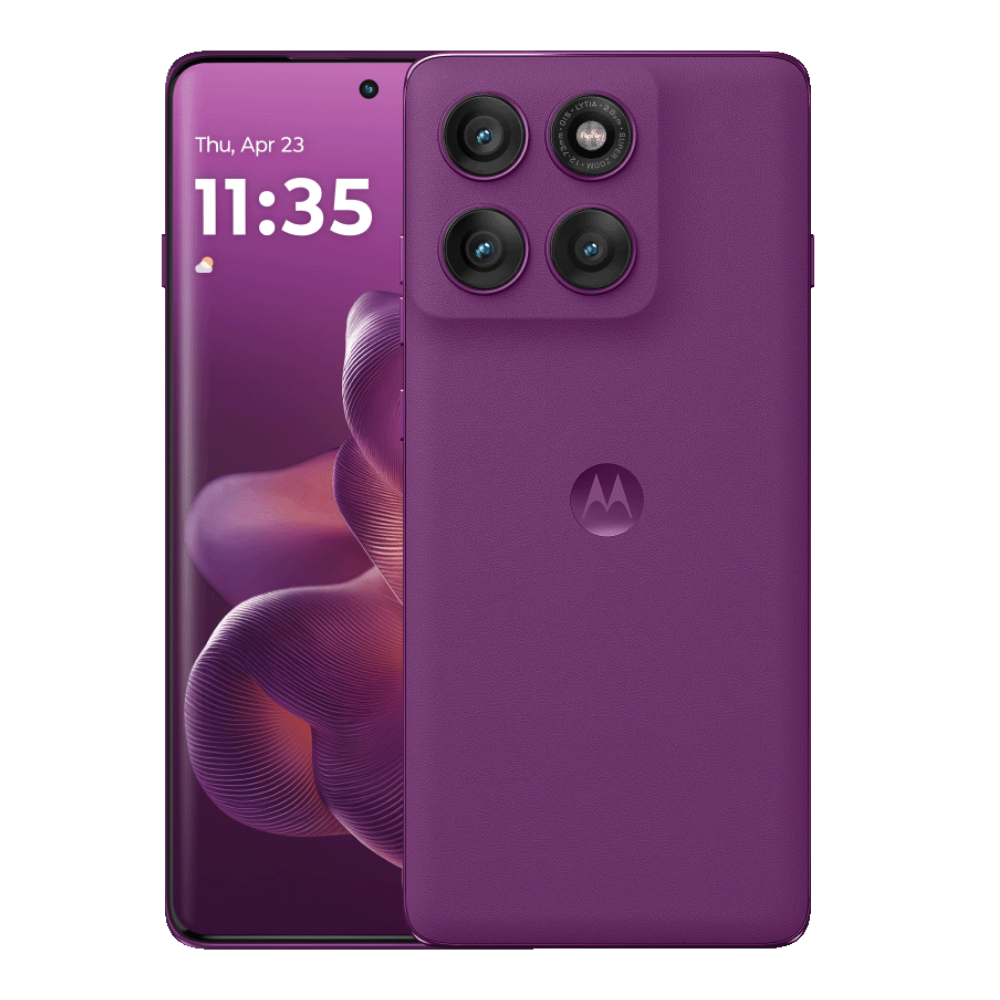
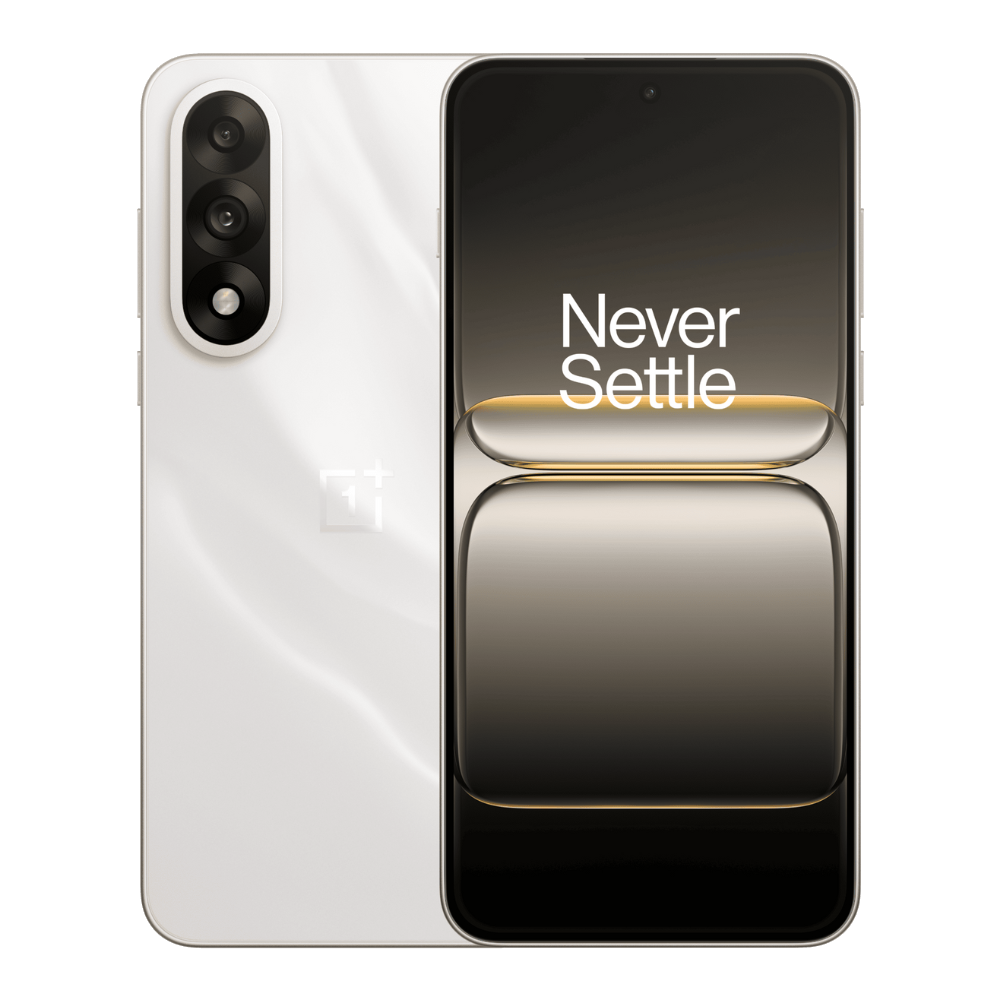
.png)
